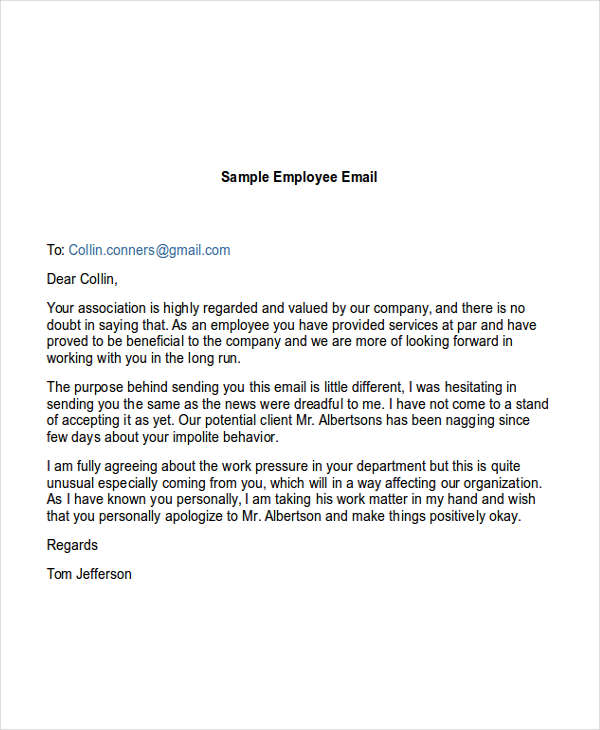Addressing Employee Mistakes Email
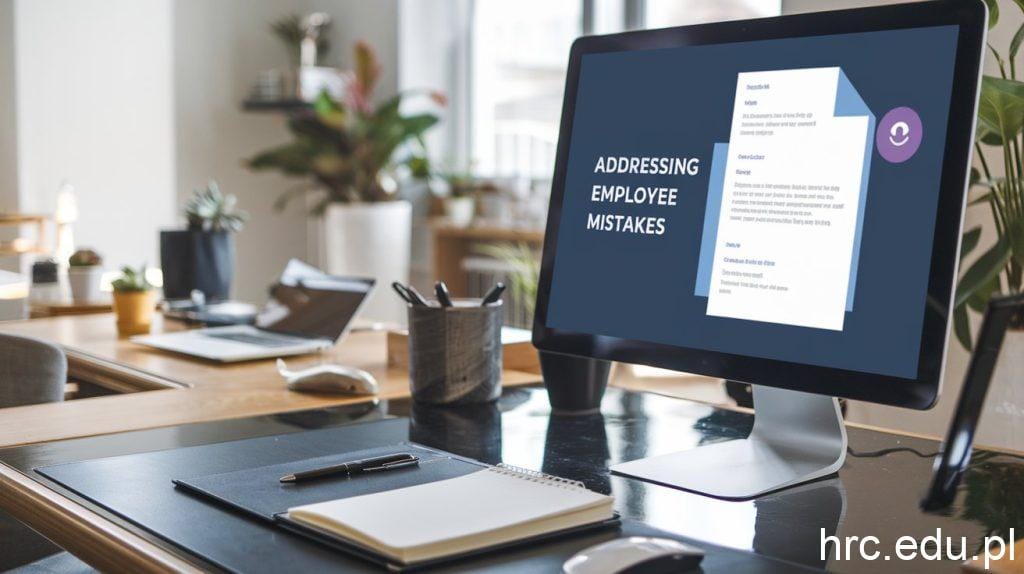
The aroma of freshly brewed coffee hung heavy in the air, a stark contrast to the palpable tension radiating from Sarah, the marketing team lead. She stared at her screen, the blinking cursor mocking her as she wrestled with the dreaded task: crafting an email to address a significant error in the recently launched campaign. It wasn't about blame, but about course correction and learning – a delicate dance between accountability and encouragement.
At the heart of effective leadership lies the ability to address employee mistakes constructively. This article explores the art of crafting an email that acknowledges errors, promotes learning, and fosters a culture of psychological safety, drawing on expert insights and practical examples.
The High Cost of Mishandled Mistakes
According to a Gallup poll, only 3 in 10 U.S. workers strongly agree that at work, their opinions seem to count. A work environment where errors are met with harsh criticism can stifle creativity and innovation. Employees become afraid to take risks, fearing the repercussions of potential failures. This can lead to stagnation and a decline in overall performance.
Conversely, organizations that embrace a growth mindset, where mistakes are viewed as opportunities for learning, tend to foster a more engaged and productive workforce. Studies show that psychologically safe environments boost team performance and improve employee well-being.
Crafting the Empathetic Email
Here's a breakdown of key elements to include in an email addressing employee mistakes, designed to promote learning and maintain morale:
1. Acknowledge the Error Directly, But Gently
Start by acknowledging the mistake without dwelling on blame. Be specific about what happened, but avoid accusatory language. "I'm writing to address the recent error in the Q3 report" is a neutral opener. This is preferable to "Your mistake in the Q3 report has caused significant issues."
2. Emphasize the Learning Opportunity
Frame the error as a chance for growth. Ask the employee what they learned from the experience. "What can we learn from this experience to improve our processes?" Invite them to share their perspective on how to prevent similar errors in the future.
3. Focus on Solutions, Not Fault
Shift the focus from the mistake itself to how to rectify it. Instead of dwelling on what went wrong, brainstorm solutions together. "Let's work together to find a solution that can minimize the error," is a positive and collaborative statement.
4. Offer Support and Resources
Reassure the employee that you're there to support them. Offer resources, training, or mentorship to help them improve their skills. Providing constructive feedback and guidance can help the employee feel supported and empowered to learn from their mistakes. "I want to ensure you have the resources needed to succeed."
5. End on a Positive Note
Reiterate your belief in the employee's capabilities and potential. Express confidence that they will learn from the experience and continue to grow. A simple "I'm confident you'll learn from this and continue to be a valuable asset to the team" can go a long way.
Example in Action
Imagine a scenario where an employee, John, sent out an email with incorrect pricing information. Here’s how a manager, Sarah, might address it:
"Hi John,
I'm writing to follow up on the recent email that went out with incorrect pricing. I know these things can happen, and I appreciate you bringing it to my attention.
Let's discuss what happened and how we can prevent similar errors in the future. I'm here to support you, and together we can find a solution.
Best,
Sarah"
Beyond the Email: Fostering a Culture of Learning
Addressing mistakes constructively is not just about crafting the perfect email. It's about creating a work environment where employees feel safe to admit errors and learn from them. This requires building trust, promoting open communication, and fostering a growth mindset across the organization.
By viewing mistakes as valuable learning opportunities, organizations can unlock the potential for innovation and growth. The ability to create emails that address errors thoughtfully and encourage learning can set the tone for a team environment built on respect, support, and continuous improvement.



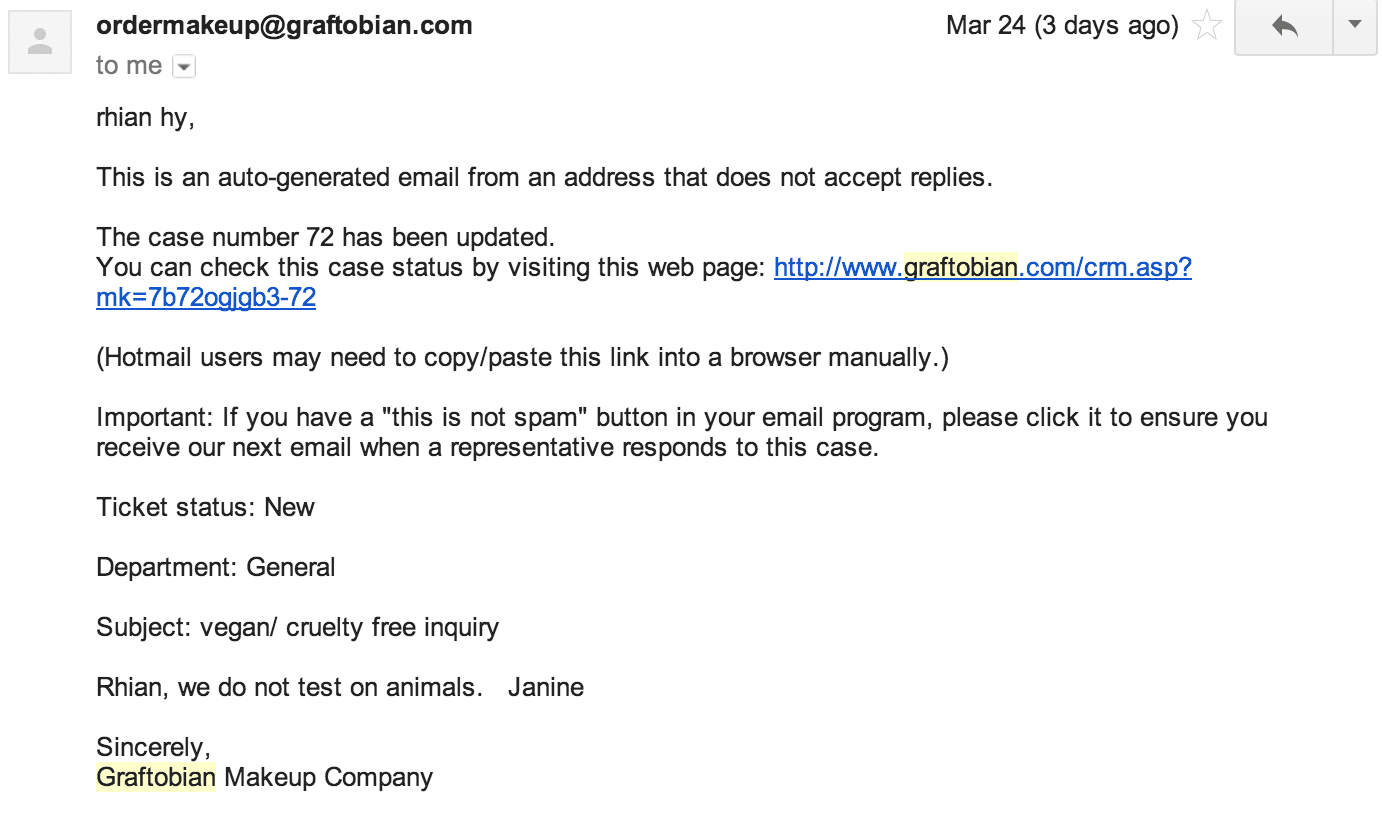
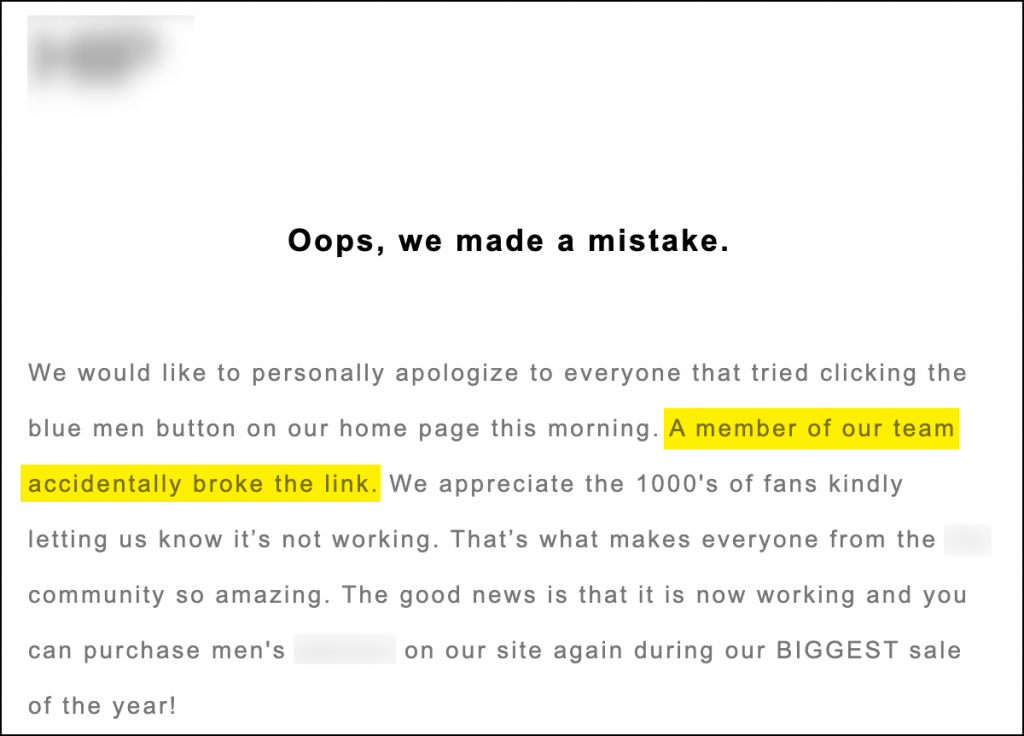
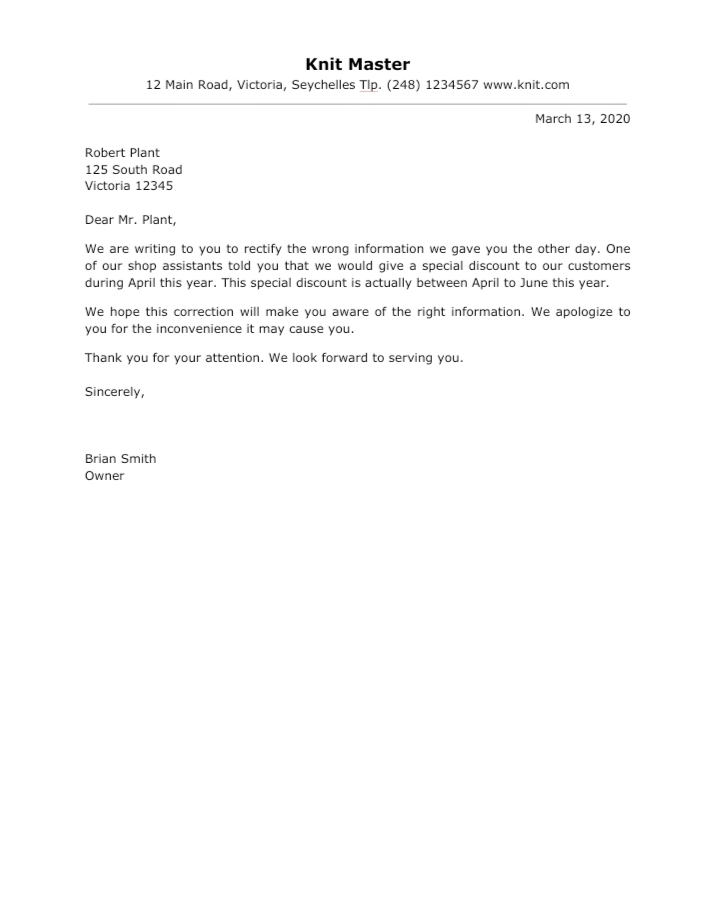
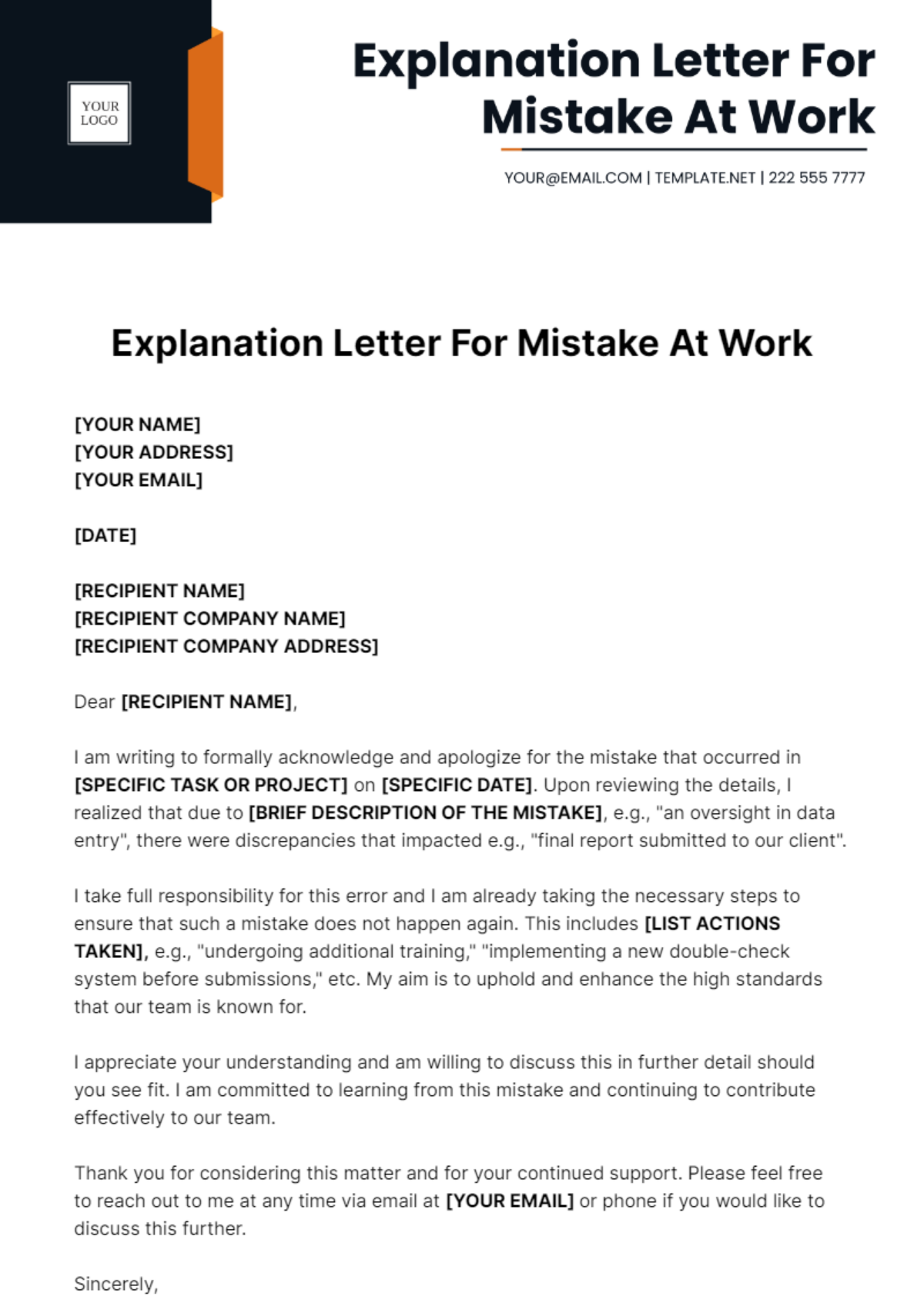
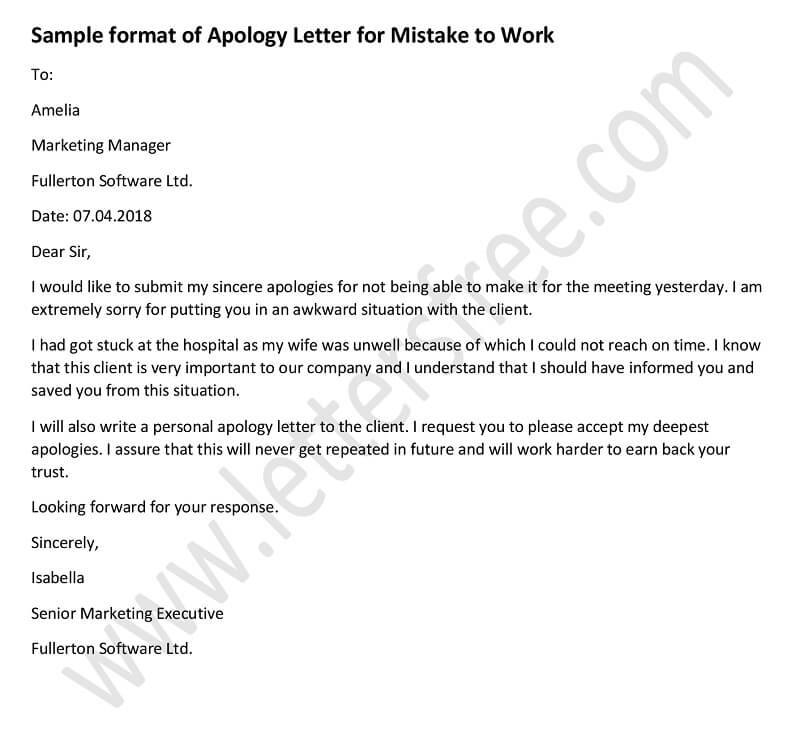
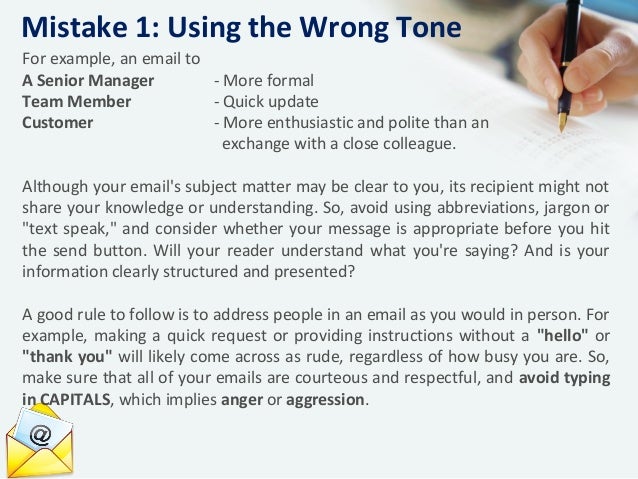
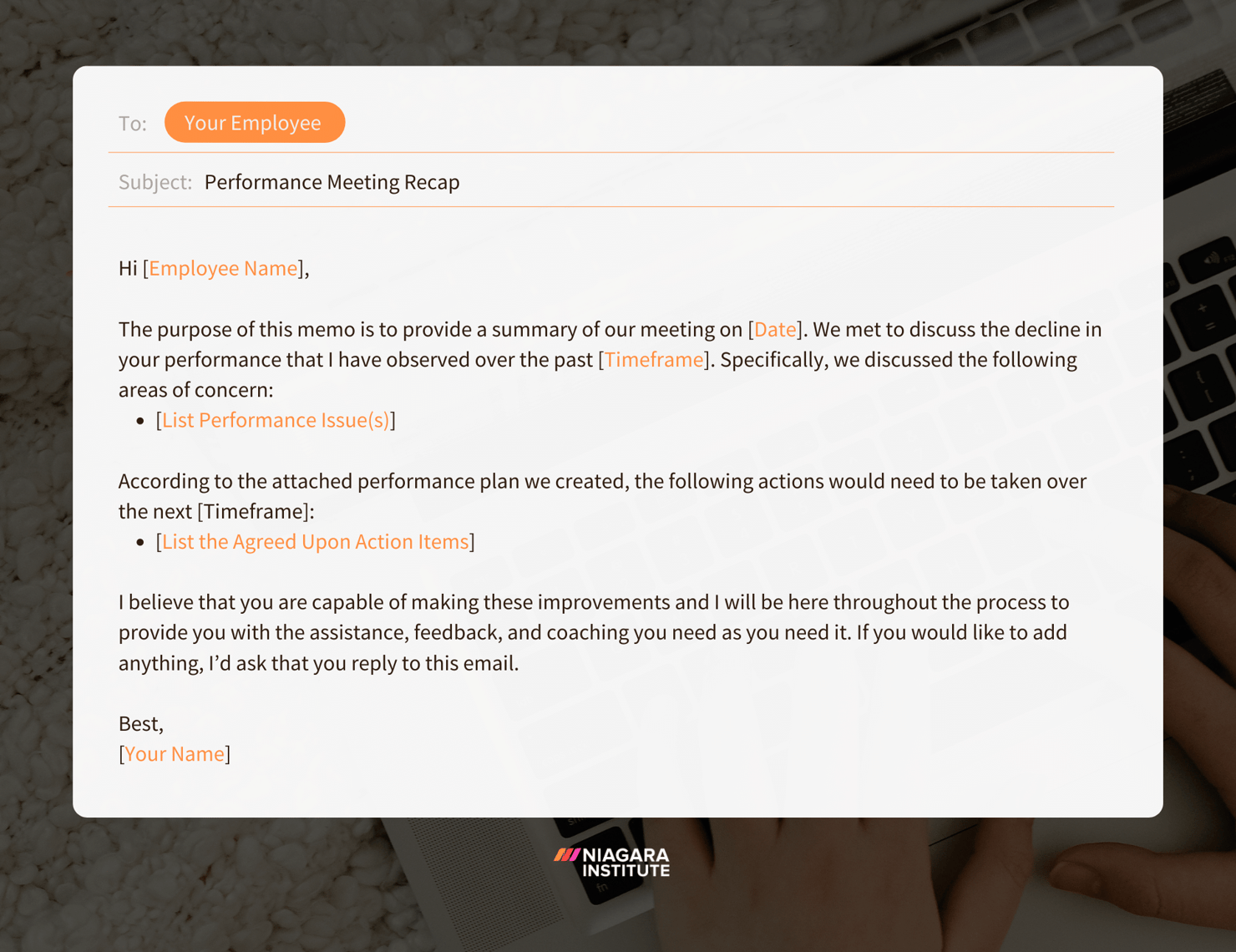

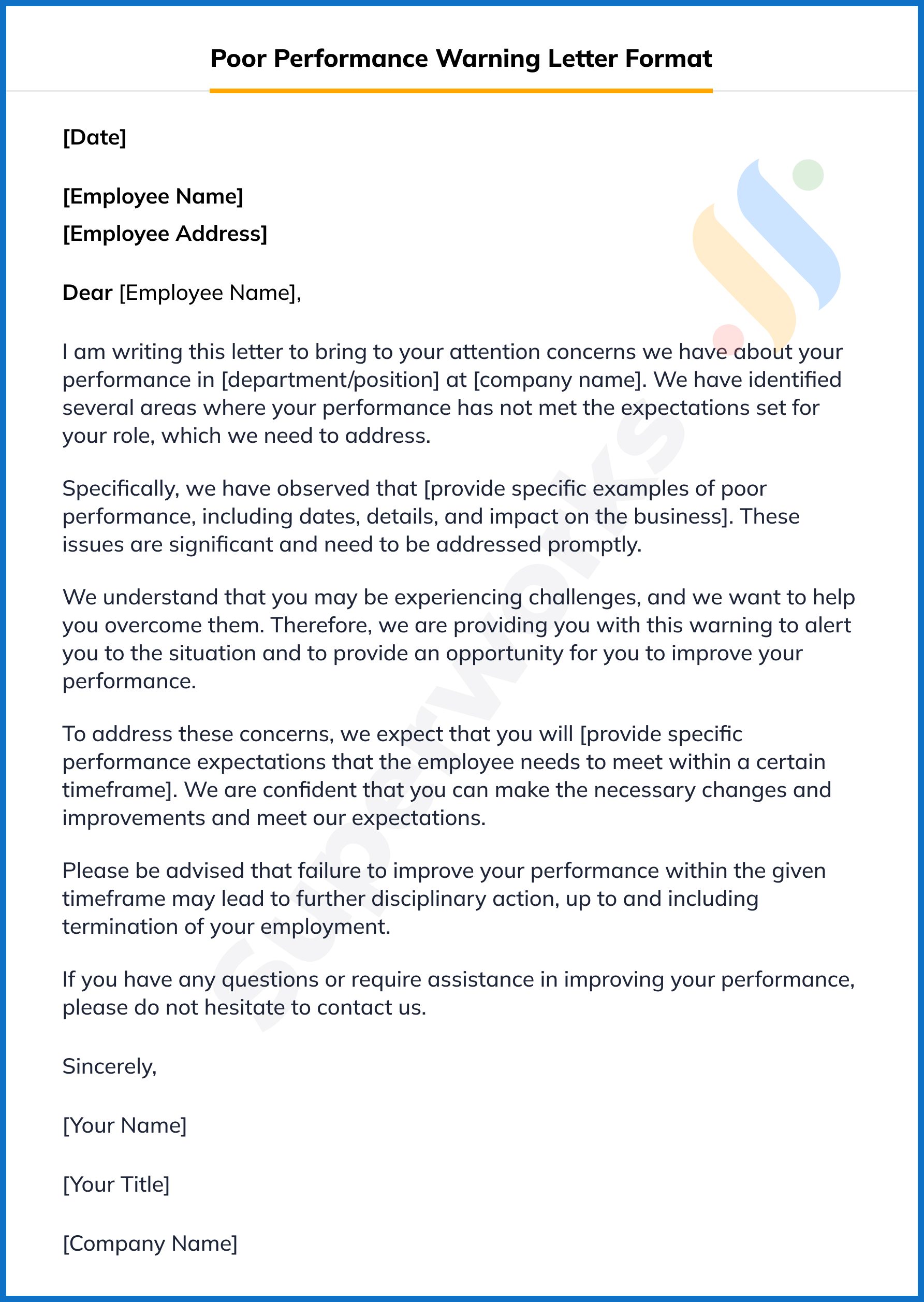
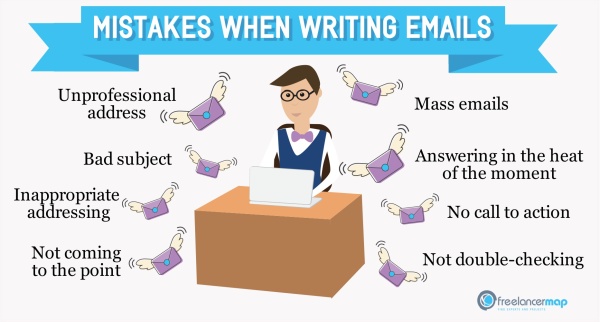
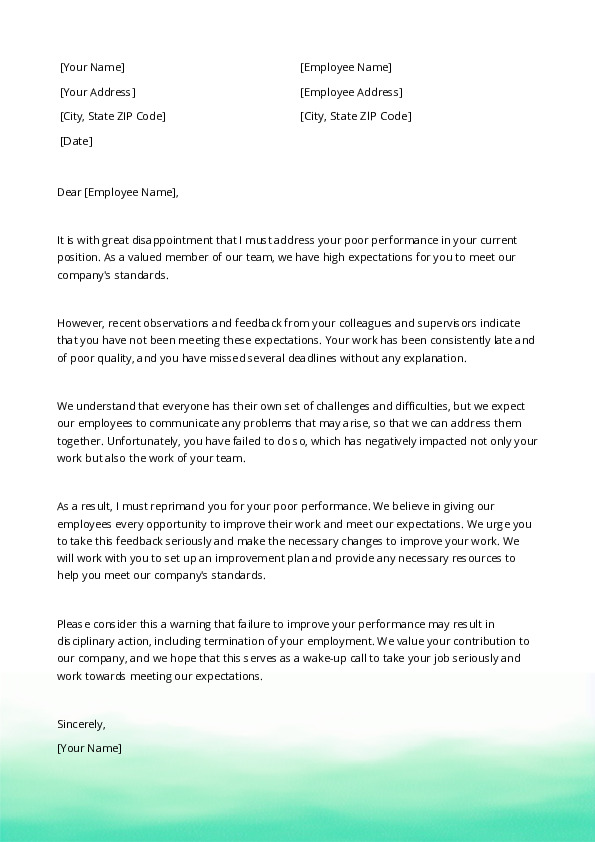
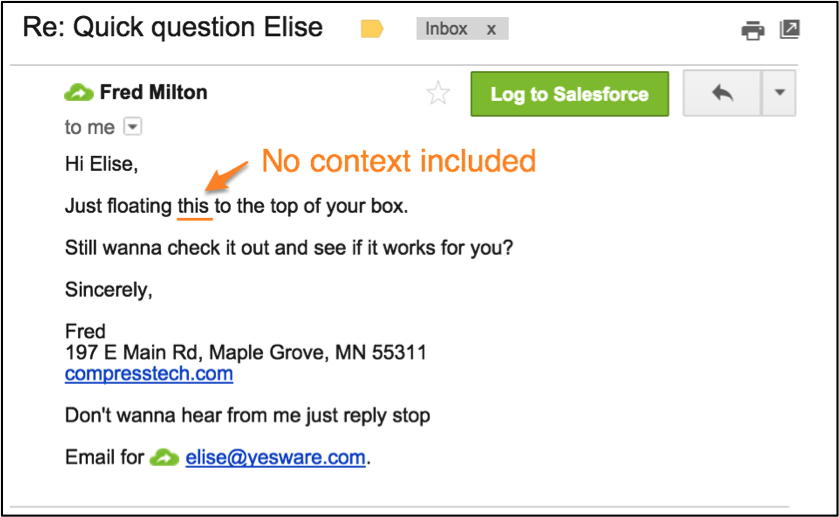
![Addressing Employee Mistakes Email 5 Employee Memo Examples + Templates [For Every Use Case]](https://influno.com/wp-content/uploads/2023/10/Sample-Memo-for-Specific-Workplace-Issues-2.webp)
